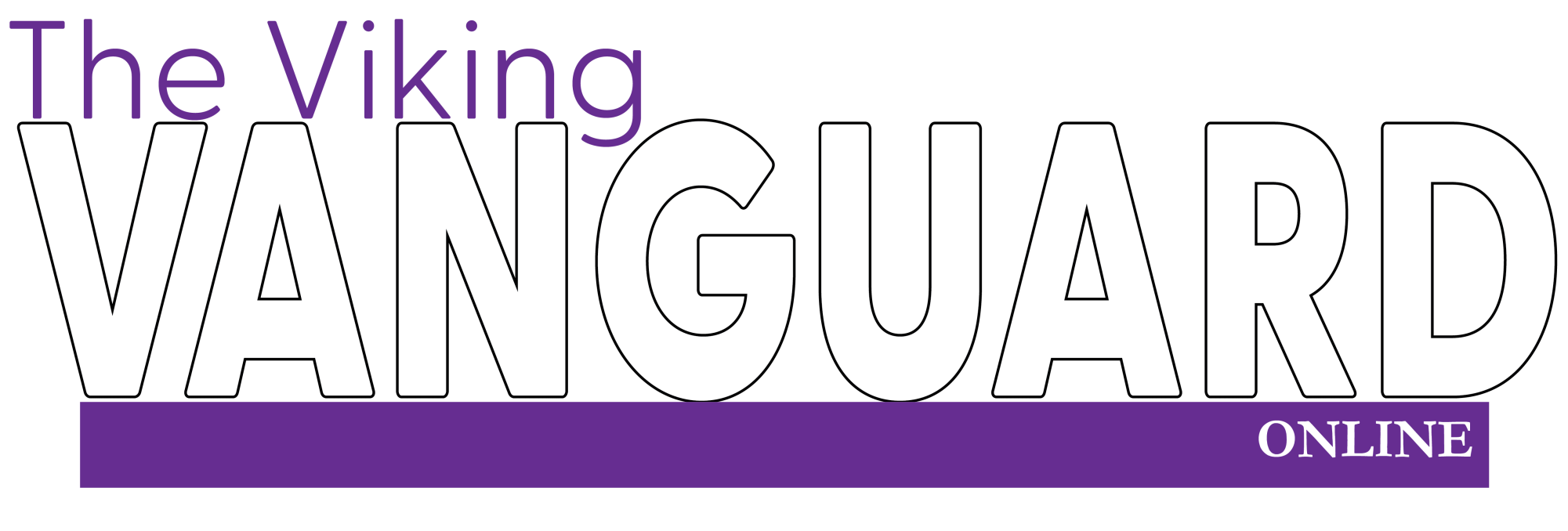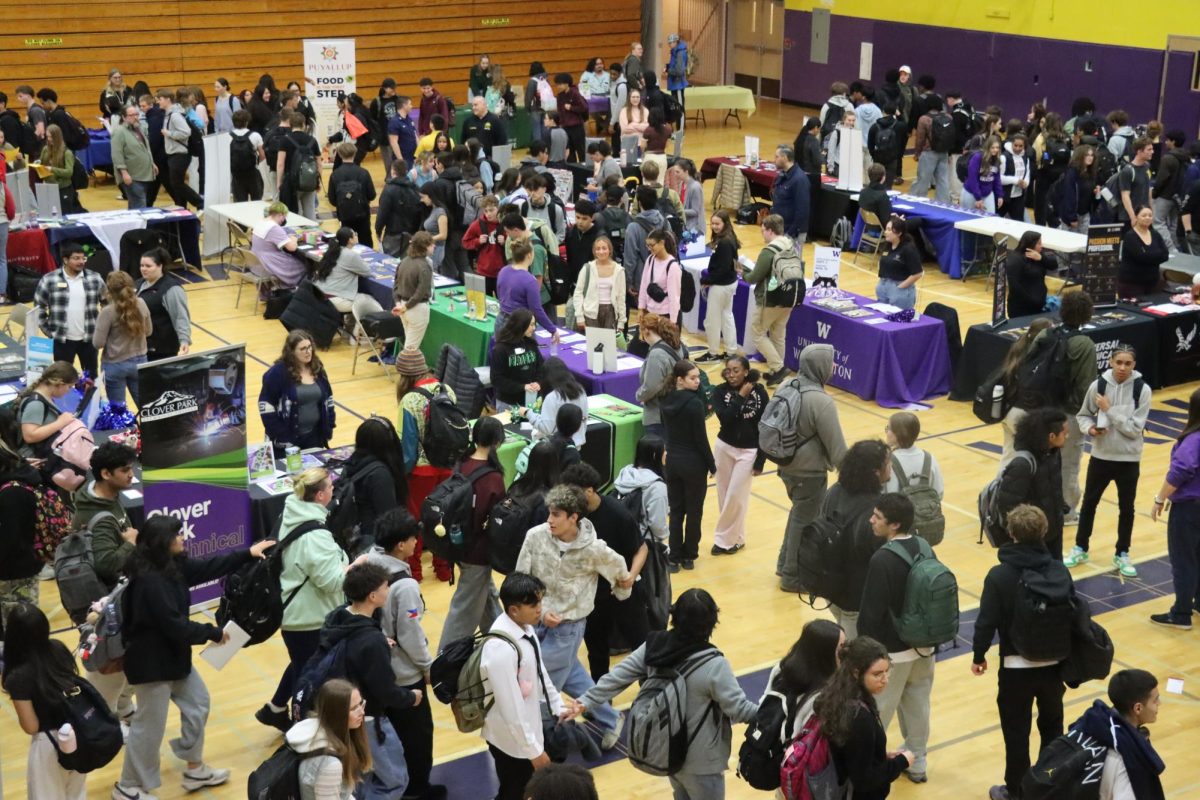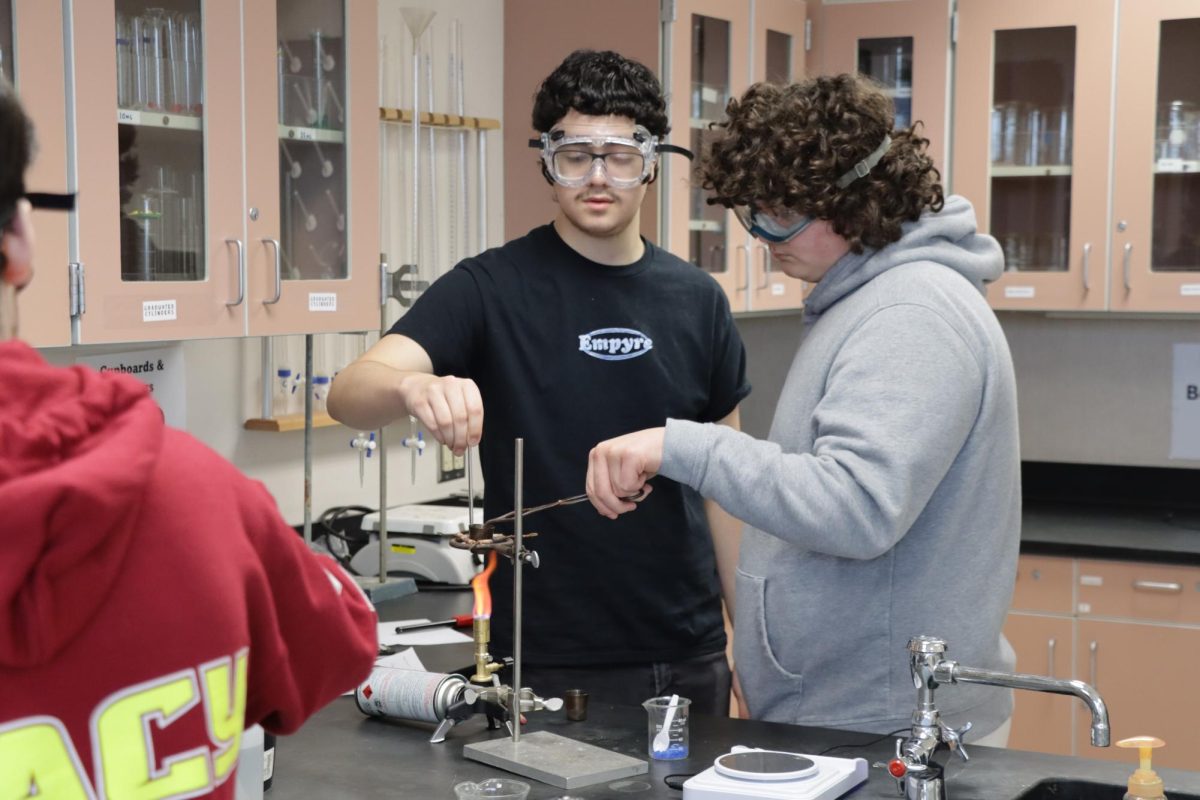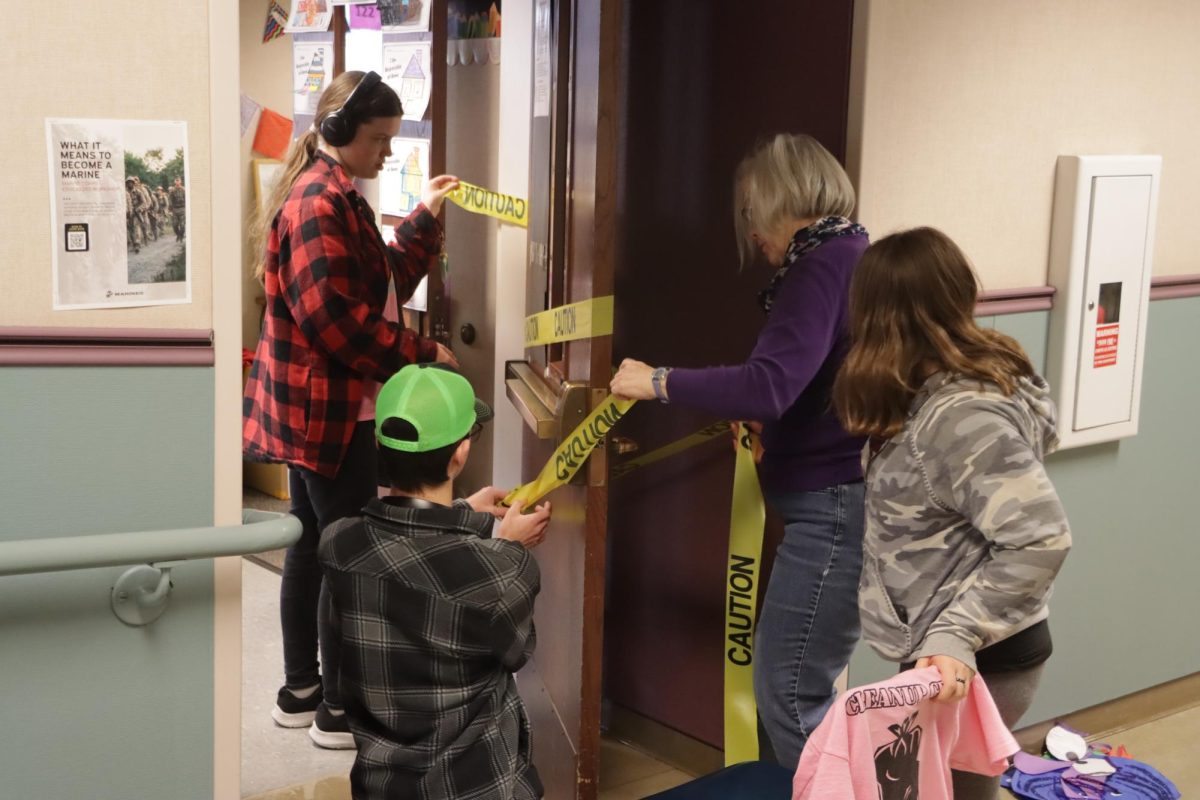President Donald Trump has a history of disliking and disagreeing with journalists and the media.
This issue reached a new height Nov. 13 when CNN reporter Jim Acosta was denied entrance into the White House press room.
This came about after an incident in which Press Secretary Sarah Sanders accused Acosta of putting “his hands on a young woman just trying to do her job as a White House intern” during an earlier session. Acosta refused to give the microphone to the aid while asking Trump about the migrant caravan on its way to the border between the U.S. and Mexico.
Sanders took to Twitter to share a video of the alleged incident. However, experts such as Jonathan Albright, research director of the Tow Center for Digital Journalism at Columbia University, have now determined that this footage has been sped up to make the action look more aggressive than it actually was.
On the Tuesday following the incident, CNN decided to take action by suing Trump and the White House, requesting Acosta’s credentials to be reinstated. CNN claims that the station’s First and Fifth Amendment rights of free speech and due process, the right to a fair judicial process, were violated by the ban. Sanders later released a statement dismissing the seriousness of the suit saying that the White House “will vigorously defend against the lawsuit.”
The first hearing in the case began the evening of Nov. 14 with CNN seeking temporary restraining order and a preliminary injunction to immediately restore Acosta’s press pass as well as permanent relief which could protect other reporters against similar actions in the future.
A court ruling Nov. 16 reinstated Acosta’s hard pass nine days after it was first revoked. The judge presiding over the case, Timothy J. Kelly, ruled that the White House did not provide the due process needed and had therefore infringed on Acosta’s Fifth Amendment rights. Kelly did not, however, rule on the underlying case that could affect future reporters in similar situations.
Acosta returned to the press room the same day as the ruling, telling those waiting outside, “Let’s get back to work.”




